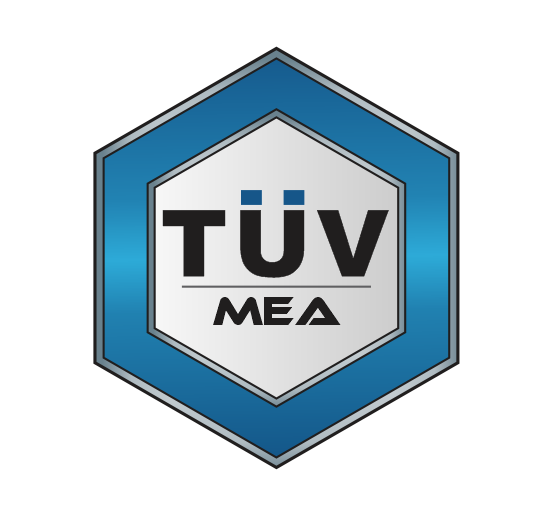ISO 14001:2015 (EMS) Key objectives
ISO 14001:2015 is an internationally recognized standard for Environmental Management Systems (EMS). It provides a framework that organizations can use to develop and implement effective environmental management practices. Here’s an introduction to ISO 14001:2015 and its benefits:

Introduction
ISO 14001:2015 is a part of the ISO 14000 family of standards, which is focused on environmental management. It outlines the requirements for establishing an EMS within an organization. An EMS is a systematic approach to managing an organization’s environmental responsibilities in a way that contributes to environmental protection and sustainable practices while also addressing legal and regulatory compliance.
The key components of ISO 14001:2015 include:
Understanding the environmental context in which the organization operates, including its stakeholders, risks, and opportunities.
The commitment of top management to the EMS, including the establishment of environmental policies, roles, responsibilities, and objectives.
Identifying environmental aspects, setting objectives and targets, and creating plans to achieve them.
Providing the necessary resources, competence, awareness, communication, and documented information for the EMS.
Implementing the EMS, including controlling and monitoring processes, and addressing emergency situations.
Monitoring, measuring, analyzing, and evaluating the organization's environmental performance, as well as conducting internal audits.
Continuously improving the EMS and demonstrating compliance with environmental laws and regulations.
ISO 14001 encourages top management to be actively involved in environment management, aligning the EMS with the organization's strategic goals.
The focus on continuous improvement ensures that organizations evolve and adapt to changing circumstances, staying competitive and relevant.
ISO 14001 can lead to improved relationships with suppliers through clear environment requirements and expectations.
Engaged and motivated employees can positively impact product quality and customer service.
Benefits
By adopting ISO 14001:2015, organizations can better understand and comply with environmental laws and regulations, reducing the risk of non-compliance and associated fines or legal actions.
The standard helps organizations identify and manage their environmental aspects and impacts, leading to more sustainable and responsible environmental practices.
: Implementing an EMS can lead to improved resource efficiency, reduced waste, and lower energy consumption, resulting in cost savings.
ISO 14001 certification is recognized globally and can enhance an organization's reputation as a socially and environmentally responsible entity, which can be attractive to customers, investors, and stakeholders.
ISO 14001 certification can give organizations a competitive edge in the marketplace by demonstrating their commitment to environmental responsibility.
Demonstrating a commitment to environmental management can build trust among stakeholders, including customers, employees, and the community.
By systematically addressing environmental risks and opportunities, organizations can better prepare for potential issues and mitigate negative impacts.
Engaging employees in the EMS process can boost morale, as they see their organization taking steps to protect the environment.
: ISO 14001 is recognized internationally, facilitating access to global markets and reducing trade barriers.
